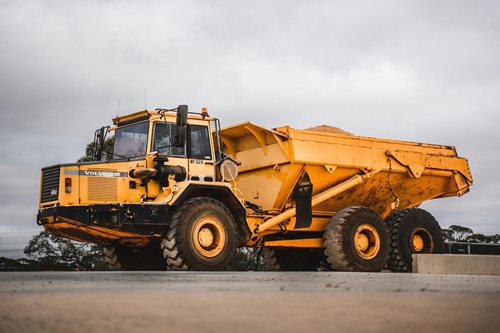What the next decade holds for Australian mining
Australia is positioning itself as a global leader in the critical minerals sector, as industries worldwide look to embrace the transition to clean energy. The global push for decarbonisation is creating conditions for new developmental strategies around the world, with countries rich in critical minerals embracing new rounds of extractive led development. Since 2019 Australian governments have dedicated AU$6.6 billion to critical mineral developments through 17 critical minerals strategies. In June 2023, when the Australian government released its much-anticipated Critical Minerals Strategy 2023–2030. It has been categorised as the clearest and most comprehensive articulation of initiatives to advance critical mineral exploration, extraction and processing in Australia to date.
The Critical Minerals Strategy 2023–2030 outlines a comprehensive plan to harness the nation's abundant resources, foster innovation, and build resilient supply chains. This framework involves funding early stage projects, de-risking projects and streamlining approvals. The strategy sets out priorities across key focus areas to develop diverse, secure, and sustainable supply chains through strong international partnerships. As well as enhance sovereign capability in critical minerals processing and utilise critical minerals to propel Australia towards becoming a renewable energy superpower. It will also help to maximise the value extracted from resources onshore, creating jobs and economic opportunities, particularly for regional and First Nations communities.
Six key focus areas:
- Developing strategically important projects: Targeted support to de-risk critical minerals projects and attract private investment.
- Attracting investment and building international partnerships: Strengthening global supply chains and securing Australia's position in the global market.
- First Nations engagement and benefit sharing: Ensuring that First Nations communities are active participants and beneficiaries in the critical minerals sector.
- Promoting high Environmental, Social, and Governance (ESG) Standards: Positioning Australia as a responsible and ethical producer.
- Unlocking investment in enabling infrastructure and services: Developing the necessary infrastructure to support the sector's growth.
- Growing a skilled workforce: Building a diverse and capable workforce to meet the sector's needs.
Implementation and support:
The Australian Government has committed significant resources to support the strategy:
- A $500 million allocation from the Northern Australia Infrastructure Facility (NAIF) to support critical minerals projects.
- A $2 billion Critical Minerals Facility administered by Export Finance Australia (EFA).
- $225 million for Geoscience Australia's Exploring for the Future program.
- $100 million for the Critical Minerals Development Program.
Additionally, the government is investing in the Australian Made Battery Plan to build domestic battery manufacturing capability, leveraging the nation's significant endowment of critical minerals.
Challenges and considerations:
While the strategy outlines ambitious goals, some industry stakeholders have noted the absence of concrete policy initiatives and targeted financial support for critical minerals projects. The strategy emphasises a concerted, targeted, and proportionate approach, focusing on creating an enabling environment for private sector investment and development.
How will the Critical Mineral Strategy affect the second hand market:
Australia's Critical Minerals Strategy 2023–2030 is expected to indirectly boost the second-hand mining equipment market by increasing demand for cost-effective machinery as mining activity expands.
The strategy's focus on ESG standards may encourage refurbishment and certification of used equipment to meet environmental and regulatory requirements. Infrastructure investment in regional areas and efforts to strengthen domestic supply chains will likely stimulate mining startups that often rely on second-hand gear. Government funding and support initiatives could further enable these companies to access used machinery.
The increased project turnover, equipment lifecycle management, and refurbishment trends are set to make the second-hand market more dynamic and essential to the industry’s growth. The specific impact will depend on the pace of technological advancements, the scale of new mining projects, and the effectiveness of the strategy in promoting sustainable and efficient mining practices.
Overall, Australia's Critical Minerals Strategy 2023–2030 provides a clear and comprehensive framework to develop the nation's critical minerals sector, positioning it as a key player in the global clean energy transition. Through strategic investment, international collaboration, and a focus on sustainability and community engagement, Australia aims to unlock the full potential of its critical minerals resources for the benefit of all Australians.

16 Jul